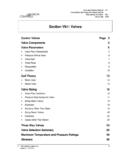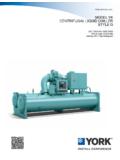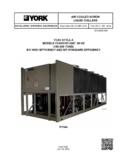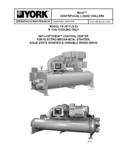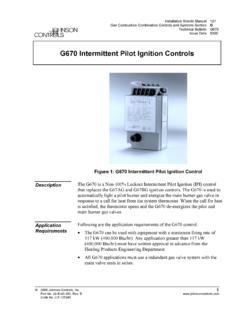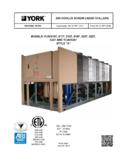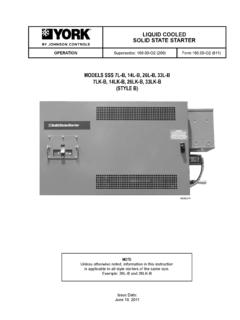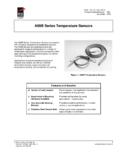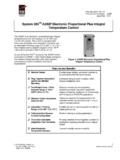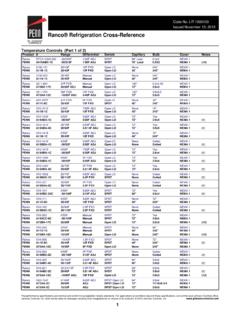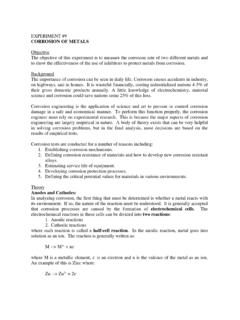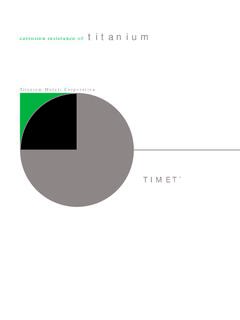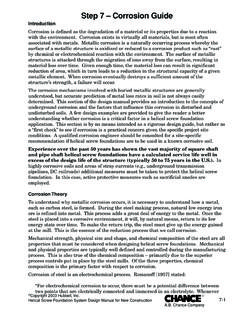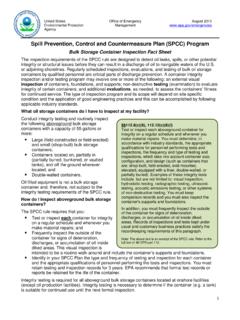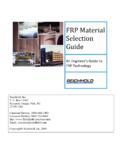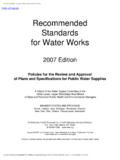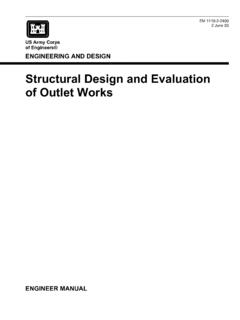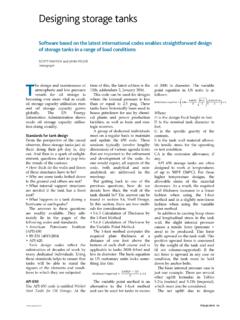Transcription of Dampers and Actuators Catalog - Johnson Controls
1 Dampers and Actuators CatalogII for the latest product updates, visit us online at > Building Efficiency> >> Integrated HVAC Systems> HVAC Control Products> Air Control Products> Rectangular Dampers > Round Dampers III IIIJ ohnson Controls delivers products, services and solutions that increase energy efficiency and lower operating costs in buildings for more than one million from 500 branch offices in 148 countries, we are a leading provider of equipment, Controls and services for heating, ventilating, air-conditioning, refrigeration and security systems. We have been involved in more than 500 renewable energy projects including solar, wind and geothermal technologies.
2 Our solutions have reduced carbon dioxide emissions by million metric tons and generated savings of $ billion since 2000. Many of the world s largest companies rely on us to manage billion square feet of their commercial real Dampers , Louvers and Air Control ProductsSince 1905, Johnson Controls has manufactured industry-leading temperature control Dampers . Today, we offer a complete line of HVAC Dampers and air control products including volume control, balancing, round, zone, fire, smoke and combined Controls is committed to customer satisfaction, and that s why we custom-build each of our HVAC Dampers to suit your specific size and model requirements.
3 Some Dampers can even be manufactured one day and shipped the next and accessories can be ordered with the damper and factory-installed or shipped separately depending on your needs.> Round DampersIV The Selection Process Selecting the right damper is important to assure good operating characteristics in any airflow system, helping you maximize energy efficiency and minimize installation any system, the damper dimensions must be appropriate for the designed airflow volume. The consulting engineer who designs a system s duct work typically calculates damper sizes as part of the overall air distribution system.
4 For modulating control, the engineer must choose sizes that create enough velocity (and therefore enough pressure drop) to allow stable control. For isolation purposes or two-position control, the engineer sizes Dampers for economy, considering both the initial cost and the ongoing energy effects the pressure drop and open damper Damper Sizes The building s mechanical plans provide a summary of required Dampers . Damper sizes may be indicated in the floor plans or control drawings. Selecting the control Dampers involves checking the specifications and following the requirements, including size, flanges, blade and jamb seals, blade design, bearings, leakage requirements, opposed or parallel operation, linkages, jackshafts, and construction sizes are generally called out using height by width on plans or schedules.
5 Damper manufacturers by convention use width by height when placing orders. Control Dampers are usually installed with the blades horizontal, so the width is the dimension in line with the blades. If the blades are vertically mounted, then thrust washers are necessary. When the blades are vertical, their weight forces the blades toward the bottom part of the frame. Thrust washers provide a low-friction surface between the blades and frame to prevent binding and damage to jamb seals. When blades are horizontal, thrust bearings are not vs Opposed Blade Operation Parallel blades rotate so they are always parallel to each other; therefore, at any partially open position, they tend to redirect airflow and increase turbulence and mixing within the downstream duct work or plenum.
6 This characteristic makes them good candidates for return and outside air intake into a mixing chamber. The two Dampers are often linked together (one opens and one closes) to coordinate blades rotate opposite each other in adjacent pairs. Air discharge through this type of damper is straighter and a bit quieter under partial-flow conditions. Opposed blade Dampers are often specified where air direction control is important relative to other factors, such as within final volume control devices. The flow characteristics of parallel and opposed Dampers are different; an opposed blade damper must be opened further (creating a higher modulating pressure drop) to provide the same percentage of total air volume as a parallel damper (creating a lower modulating pressure drop).
7 When they are wide open, the pressure drop is the same for both Damper blade design varies among manufacturers. There are flat blades, triple V-groove blades, single or double layer blades, and airfoil blades. The most costly is the airfoil blade which reduces noise, has the least flow resistance, and the tightest leakage. The most common is the V-groove, which offers economy and moderate flow northern climates, multi-layered blades with insulating cores are often used for outside air control to keep the inside surfaces from icing up. Other specialty blade types are available to cope with various conditions.
8 It is critical to consider damper leakage when selecting Dampers for cost, efficiency, and control, and to protect the duct work from environmental conditions. Low leakage or ultra-low leakage Dampers incorporate a seal along the edge and the side of the blade to minimize leakage when the Dampers are fully closed. Introduction to Dampers VSeal materials and designs vary among manufacturers; some are cellular foam or silicone rubber, some snap on, some are spring steel, and others inflate. Seals add torque to the operation of the damper, and most seals are replaceable. Leakage specifications are listed as CFM/sq ft of damper area at a given static pressure or as a class (Class I, II, III).
9 Class I has the lowest leakage. Underwriters Laboratories (UL) 555S defines these classes. The lower the leakage, the higher the cost of the Damper bearings are important components of the damper construction and are available in different materials. Be sure to check the temperature rating requirements of the Dampers on your job. Bronze bearings have higher temperature ratings and typically last longer than synthetic Damper frames and flanges on major manufacturers Dampers are heavy duty to assure reliable blade rotation and operation. However, if the frame of the damper is bent during shipment or installation, the damper may bind and add torque or may not tightly close.
10 Typical frame designs are without flanges (for internal duct mounting) or with single or double flanges (for wall or duct butt mounting). The job plans or specifications should make it clear which frame connection is needed, but it is always good to coordinate with the duct work contractor for the needed frame connection. Multi-section Dampers are typically required when the damper size exceeds 48 inches wide or 60 inches high. Single Dampers are not usually made larger than 48 x 76 or 60 x 72 inches for ease in shipping and handling and for construction rigidity. Coupling kits, pin extensions, jack shafts, and other linkage components are used to link the single damper sections to form the multi-section damper.
